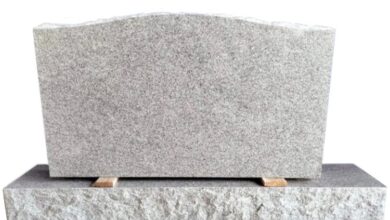
How to Protect Yourself From Carbon Monoxide Poisoning
Every year, tens of thousands of people wind up at the hospital with carbon monoxide poisoning. Unfortunately, carbon monoxide lacks any distinct color or odor to alert people of its presence. It typically forms when fuels do not burn completely, such as natural gas, propane, and even wood in a wood stove.
With things like natural gas and propane so common in homes, it’s a small wonder that so many fall victim. That leaves the question of how to prevent carbon monoxide poisoning. Keep reading for a quick overview of carbon monoxide poisoning and what you can do to prevent it.
Table of Contents
Carbon Monoxide Poisoning Symptoms
While the symptoms of carbon monoxide poisoning can prove severe, or even deadly, the aren’t necessarily obvious or may mimic other conditions. Some of the symptoms include:
- Fatigue
- Chest Pain
- Headaches
- Nausea
- Impaired vision
- Confusion
While a careful observer might put the symptoms together, it’s often mistaken for the flu.
Carbon Monoxide Poisoning Treatment
The treatment for CO poisoning is typically pure oxygen. In mild or moderate cases, you may get it through an oxygen mask. For more serious cases, a doctor may put you in a hyperbaric chamber to help protect your brain and, especially, your heart from damage.
CO Detector
CO poisoning is one of the common accidents that can happen at home. One of the simple steps you can take to reduce the risk of carbon monoxide poisoning is a carbon monoxide detector. These detectors typically resemble a smoke or fire alarm.
The detector monitors the level of carbon monoxide in the air. If the concentration rises to a certain level, the detector will sound an alarm. That means you should leave the home or apartment until someone can come in to find the source and fix the problem.
Maintenance
Appliances that burn fuel, such as kitchen stoves, furnaces, and hot water heaters are prime candidates for producing carbon monoxide. You should have these checked at least once a year to ensure proper function. If your kitchen stove has a vent, you should use it as a basic safety measure.
Safe Use
Do not use something like a gas-burning kitchen stove as a heat source for your home. Monitor any fuel-burning heater in your home closely. Never use gas grills in enclosed spaces or inside of your home.
Don’t leave your car or truck running for an extended period in your garage, as cars routinely produce carbon monoxide.
Prevent Carbon Monoxide Poisoning in Your Home
While you can’t completely eliminate the possibility, you can do a lot to prevent carbon monoxide poisoning in your home. The easiest and most DIY-friendly option is your basic carbon monoxide detector. You can install one on every floor of your home.
Get basic maintenance performed on fuel-burning furnaces and water heaters each year, so you know they’re in proper working order. Follow the safety instructions for fuel-burning grills and space heaters. Let your car warm up outside, instead of in your garage.
Looking for more health tips? Check out the Health posts in our Lifestyle section.








